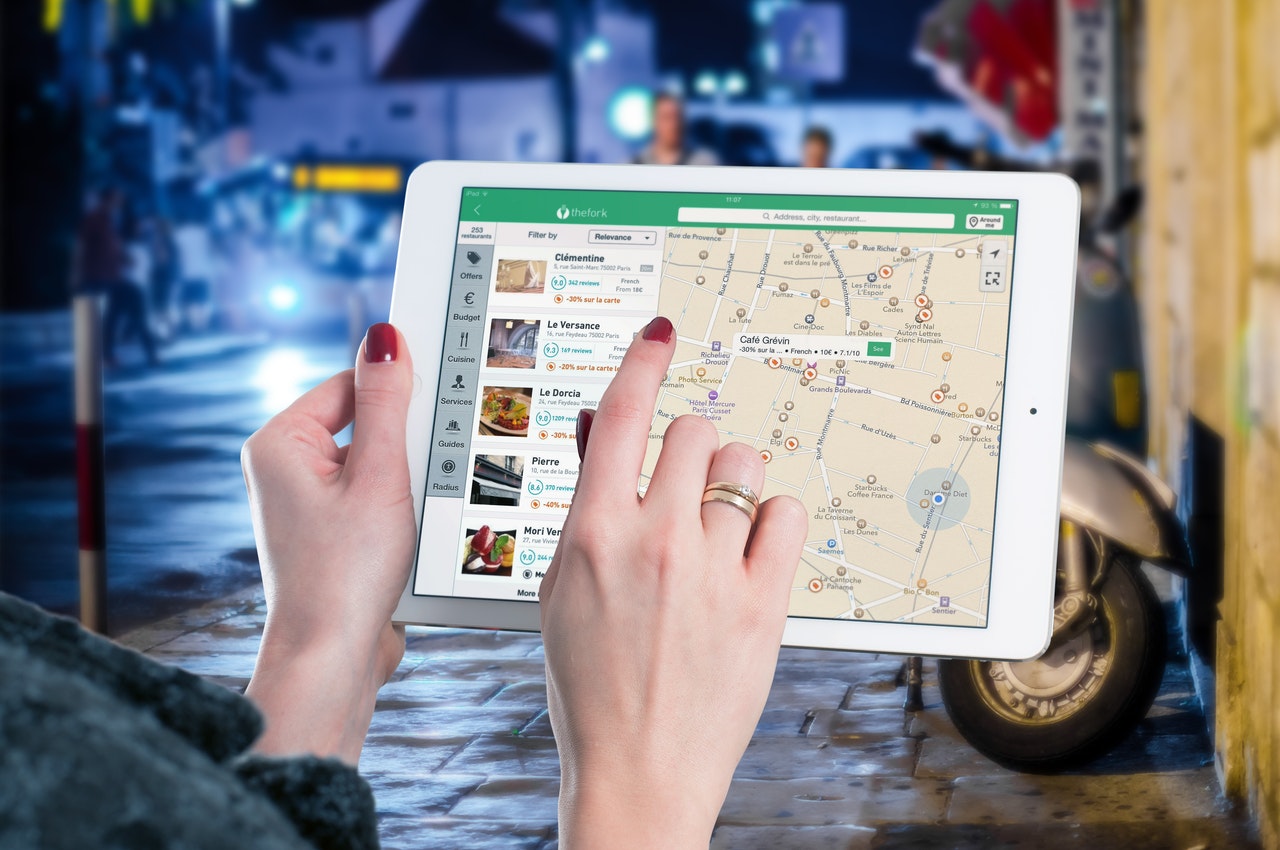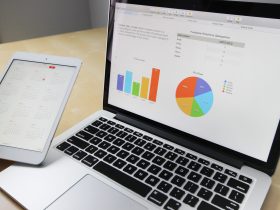Whether you are trying to create an online portfolio or a personal site, there are many things that you can do to speed up the performance of your website. One of the most important things is to balance your design with the version of your website. These tips can help you do just that.
Reduce the number of HTTP requests
Increasing page speed is crucial for any website because visitors want to load quickly. A slow website results in decreased conversion rates and search rankings. Moreover, a poor loading time will lead to fewer subscribers.
You can do many things to improve your page speed, but one of the most important is to reduce the number of HTTP requests. These are requests made by your browser to download and load files.
You can load your website faster using the right tools and a little forethought. These include minification, caching, and a content delivery network. A content delivery network is a network of servers that caches and delivers website content to visitors based on their physical location.
Minify JavaScript and CSS files
Minification plugins can improve page speed by reducing the size and number of HTTP requests made to the server. As a result, less bandwidth is required, and the files can be downloaded faster. This will also improve page loading time, which is vital to your users and your site’s rankings.
Minification is a process that removes unnecessary characters, white space, and comments from website code. These plugins work in the background and reduce the file size by cutting out unnecessary data.
You can use a cache plugin or an automated tool to minify your code. Some plugins combine multiple methods to improve page speed. You can also perform preprocessing and context-specific optimizations.
Depending on your needs, you can choose to minify your HTML files, JavaScript, or both. The best place to minify your files is in a staging area. This allows you to test the changes before making them live. You can also create a backup of your site before performing any modifications.
Optimize your images
Optimizing your images is a great way to improve your page speed and user experience. It can reduce bandwidth and storage costs, improve user engagement, and boost search engine rankings. It can also help you increase your revenue.
The best way to optimize your images is to reduce the file size. There are two ways to do this. One is to use lossy compression, which reduces the size without affecting the quality of the image. The other is to use a third-party tool, like TinyPNG. The latter can compress images in bulk.
In addition, you can use a lazy loading technique to optimize your images. This technique prevents the images from loading until the user reaches the top of the page. It’s a great way to improve page speed and is particularly useful for raw images from a DSLR camera.
Streamline your HTML
Streamlining your HTML is a great way to make your website faster. When you facilitate your HTML, you eliminate unnecessary characters and spaces, which results in fewer bytes of data to load your page. In addition, you can eliminate redundant function names and code. Minification also strips out comments and formatting. Finally, you can use a tool like UglifyJS to reduce unused code and improve page speed.
Aside from HTML, you can also compress your images and stylesheets. Your browsers will cache images and stylesheets, which helps speed up loading times. You can also use a software application called Gzip to reduce the size of files. The Gzip file compression tool can reduce the size of files that are larger than 150 bytes. However, it would be best not to use Gzip to compress image files.








Leave a Reply